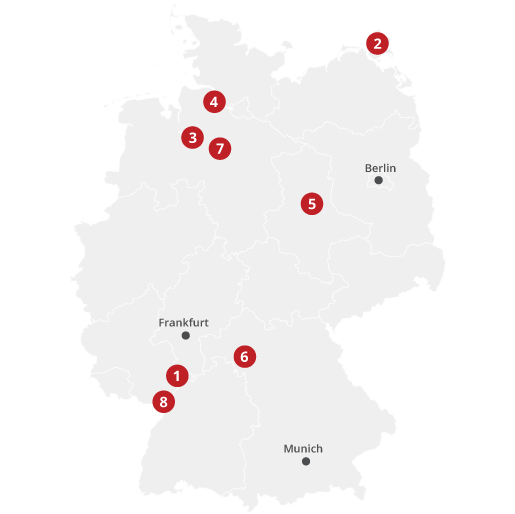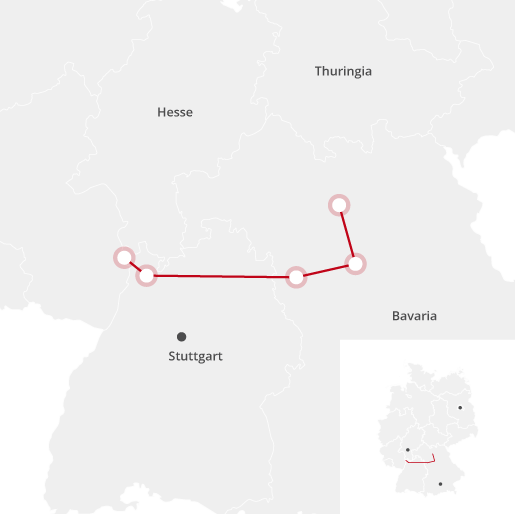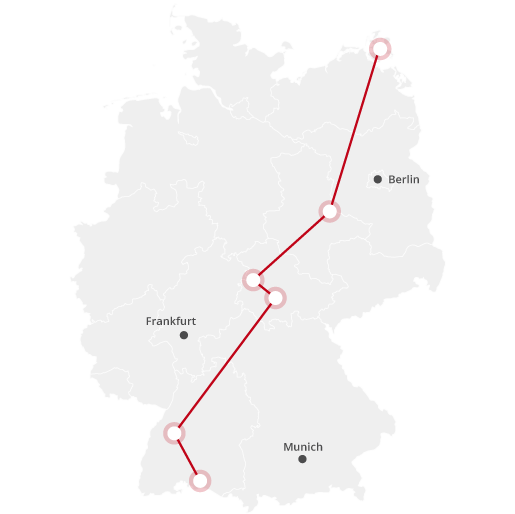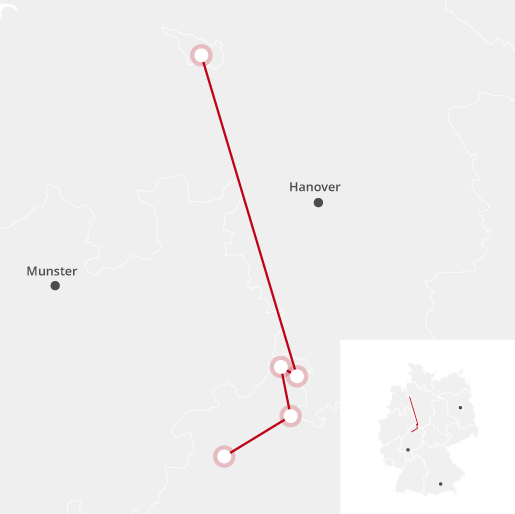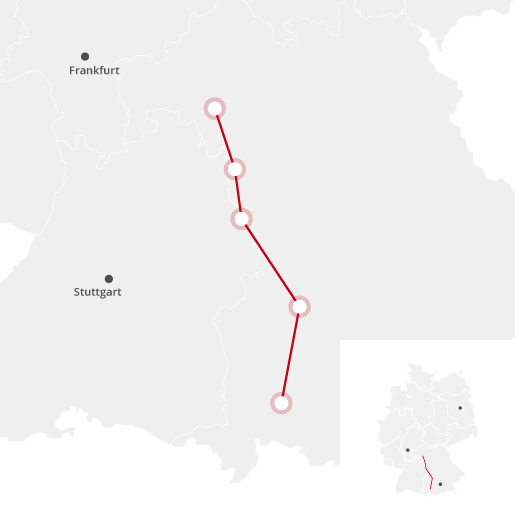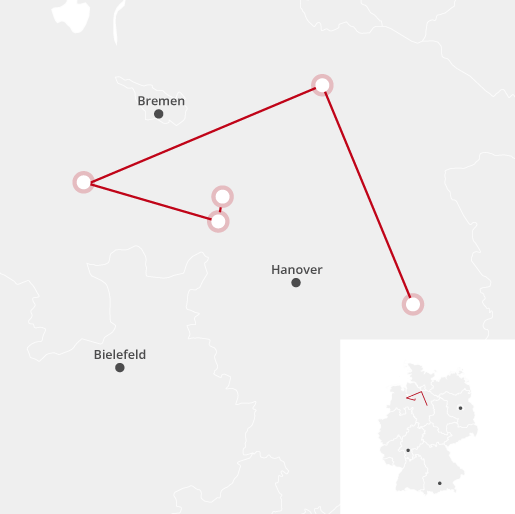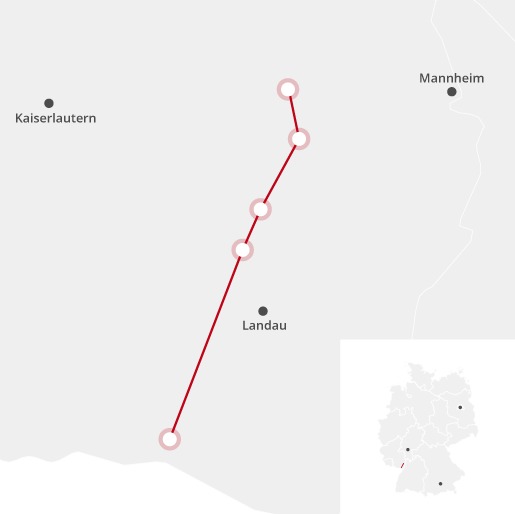Plan Your Trip to Germany

Choose a route to explore
How do you take an entire country—one with a history spanning from the Roman Empire to the Cold War, one that stretches across cultures, mountains, lakes, and seas—and truly see it? How do you take your precious travel days and squeeze them for all they’re worth?
Start here. Germany has dozens of travel routes to pick from, each focusing on one incredible facet of this country to create a how-to-experience guide that’s sure to stoke your wanderlust—even if it’s just virtually for now. Choose one, and you’ll be off exploring a thousand years of architecture; clockmaking, savoring asparagus, or tasting wine; ancient volcanoes and forests; or even routes dedicated entirely to fairytale castles and remnants of Roman influence.
Below, we present you eight exemplary routes and outline a handful of their best stops. Mix and match, stick to the path, take on one or all—here’s where you get the chance to choose your own Germany adventure.
Select a route
